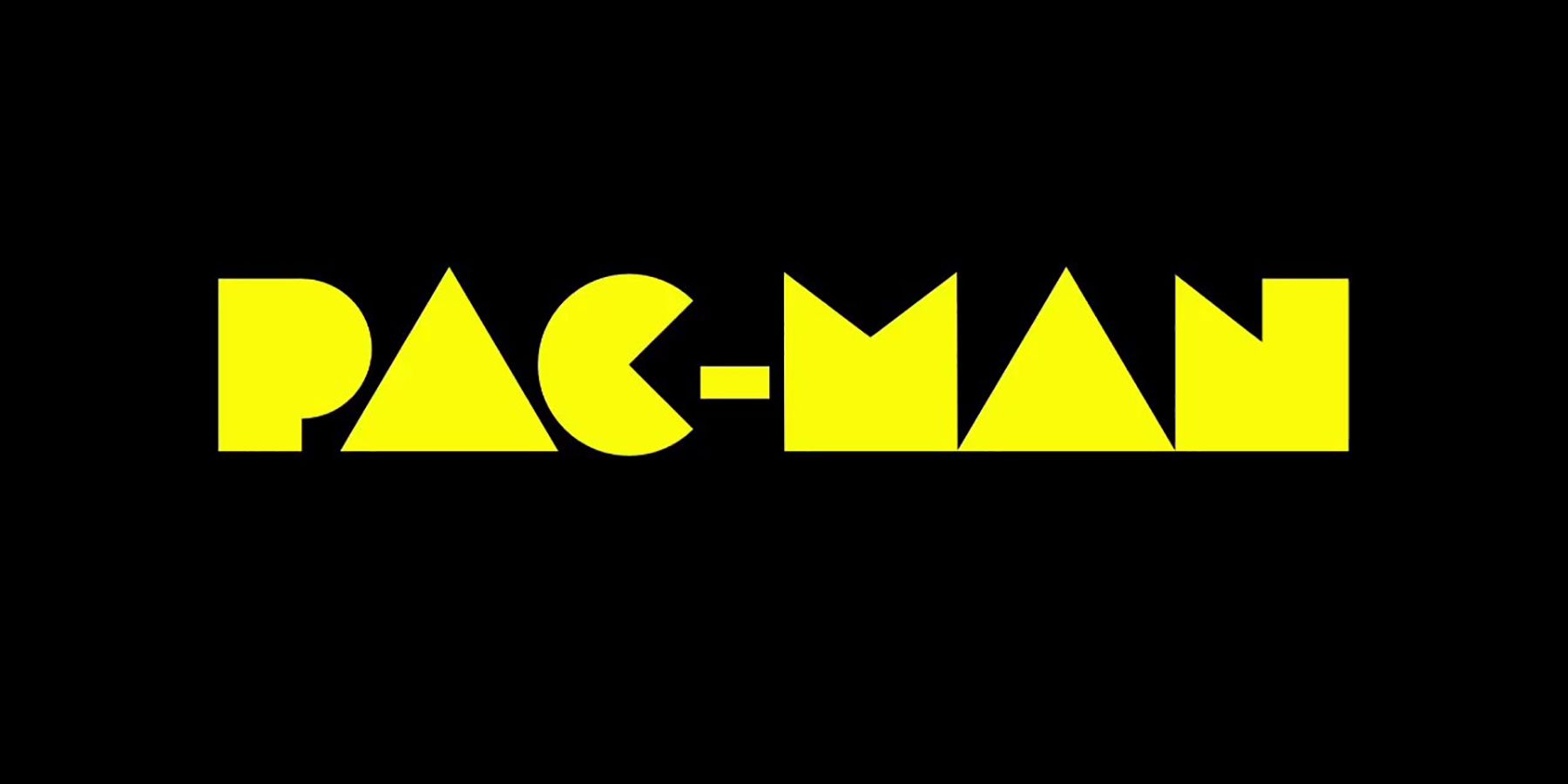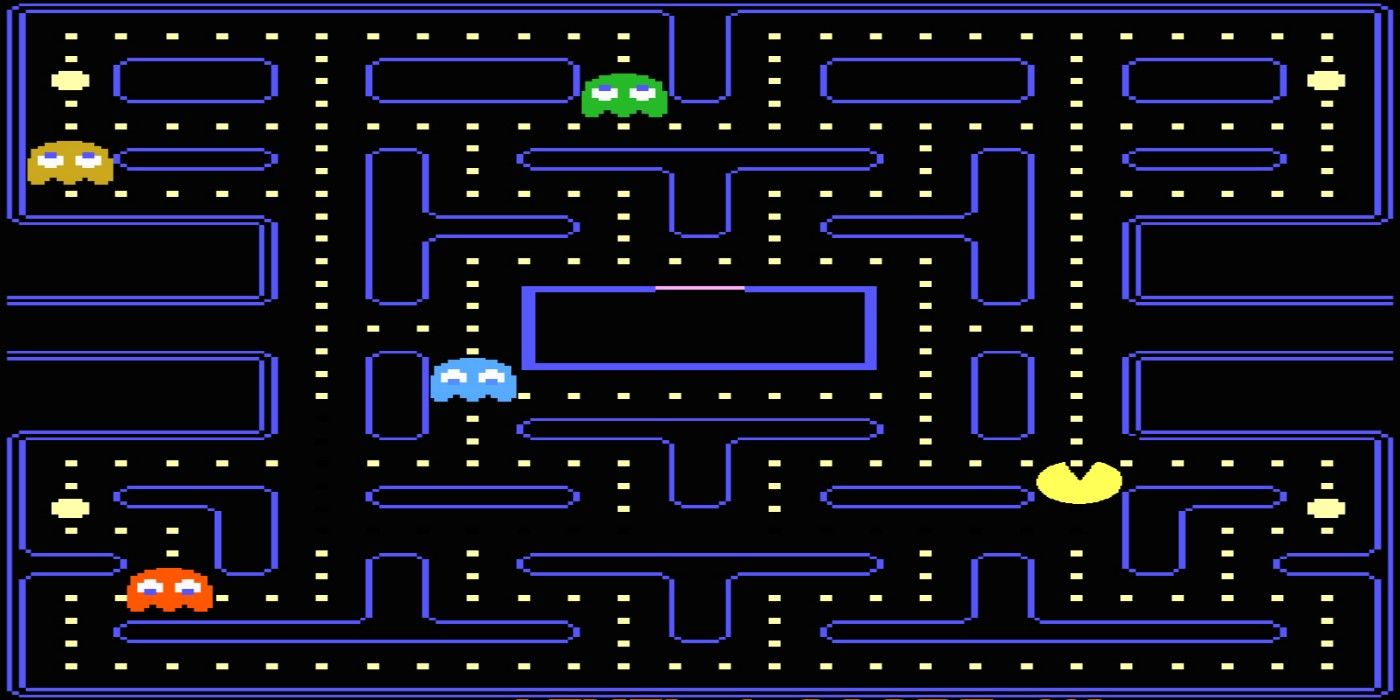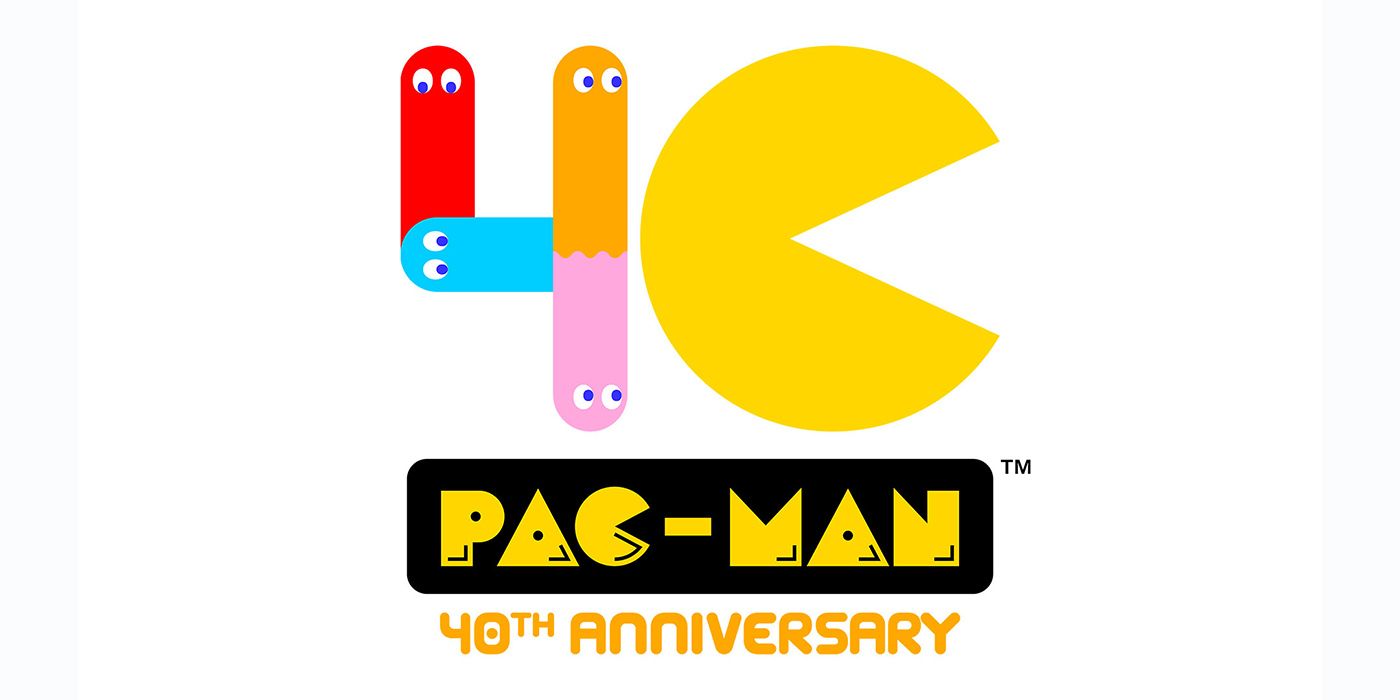Over forty years after its initial release, Pac-Man remains iconic, influential, and fun to play. An indisputable arcade classic, Namco's pellet-gobbling mascot set the world ablaze with its easy-to-grasp, yet hard-to-master premise. Pac-Man's enduring appeal can be attributed to a harmony between mechanics, controls, graphics, and audio. That last category - and the title's sound design in particular - is easily overlooked compared to other aspects, but it is arguably an essential aspect of its success.
Pac-Man's sound effects are immediately recognizable, from the character's constant 'waka-waka' chomping to his withering death cry. In fact, these noises are so effective at giving form to the abstract gameplay that players familiar with the game can mentally reconstruct its visuals just by listening. Even though Pac-Man is a simple title, its appealing gameplay owes an enormous debt to the whimsical, hypnotic, and satisfying soundscape that provides players with needed feedback.
Reinforcing Flow via Rhythmic Information
Unlike most modern video games - many of which eschew the concept of points altogether - it is possible to earn a perfect score in arcade versions of Pac-Man. That accomplishment requires a great deal of practice and an intimate familiarity with the game, but it also demands a peerless expression of said mastery. Athletes and gamers often refer to this trance-like state of performance as "flow," or being "in the zone." But flow can be fickle. For many people, it is something that seems to be triggered randomly, and it is easy to fall out of the zone when subject to distraction.
Pac-Man provides players with a near-constant barrage of sonic information. Most of these noises are delivered with pre-fixed cadence. Pac-Man's constant gobbling signifies movement, the ghosts' steady march back to their pen after being devoured indicates a degree of safety, and so on. These sound effects have an almost hypnotic effect on the player, coaxing them into a flow state. In short, the sounds in Pac-Man make it easier for players to perform at their best, and win or lose, achieving flow is always deeply satisfying regardless of how old the game is.
Transformative Sounds
Many game franchises, such as Sonic the Hedgehog and Super Mario Bros., feature power-ups that alter the rules of play so drastically that the fundamental dynamic of the game changes. Usually, this entails invincibility. Namco kicked off that trend in the arcades with Pac-Man. Once their ravenous yellow avatar consumes a power pill, the player becomes invulnerable and the game's hunters immediately become potential prey. That audio-override helps players mentally shift gears and gets them excited, helping to appreciate their newfound power.
This is another example of how Pac-Man helps players get in the zone, but it also leverages a sound-design principle with near-universal resonance. Even though the sound effect is not exactly musical, it works the same way as a character's theme song kicking in at a crucial point in a movie, or the theme song of an anime being overlaid on top of a triumphant moment in the story. It transforms the player emotionally while the mechanical change empowers them within the context of the game. This is not simply a convention that has aged well; it's a sensation with timeless appeal.
Varied Tech Unified By Design
Due to the various configurations of arcade cabinets throughout the ages, to say nothing of the subsequent platforms Pac-man was ported to, the game was powered by a wide range of technical specifications. By today's standards, all of these audio chips and waveform generators are extremely primitive, but some were stronger contenders than others. This is where the brilliance of Pac-Man's sound design shines brightest.
Even if the actual sound of certain effects are different from platform to platform, they are so well-designed that the core experience remains the same. While leveraging technological capabilities and establishing a pleasing sound is a crucial aspect of sound design in video games, the timing and mechanical significance of those sounds are even more important. The distinction between those two principles is akin to the difference between a game that ages well, and a game like Pac-Man that never seems to age at all.



